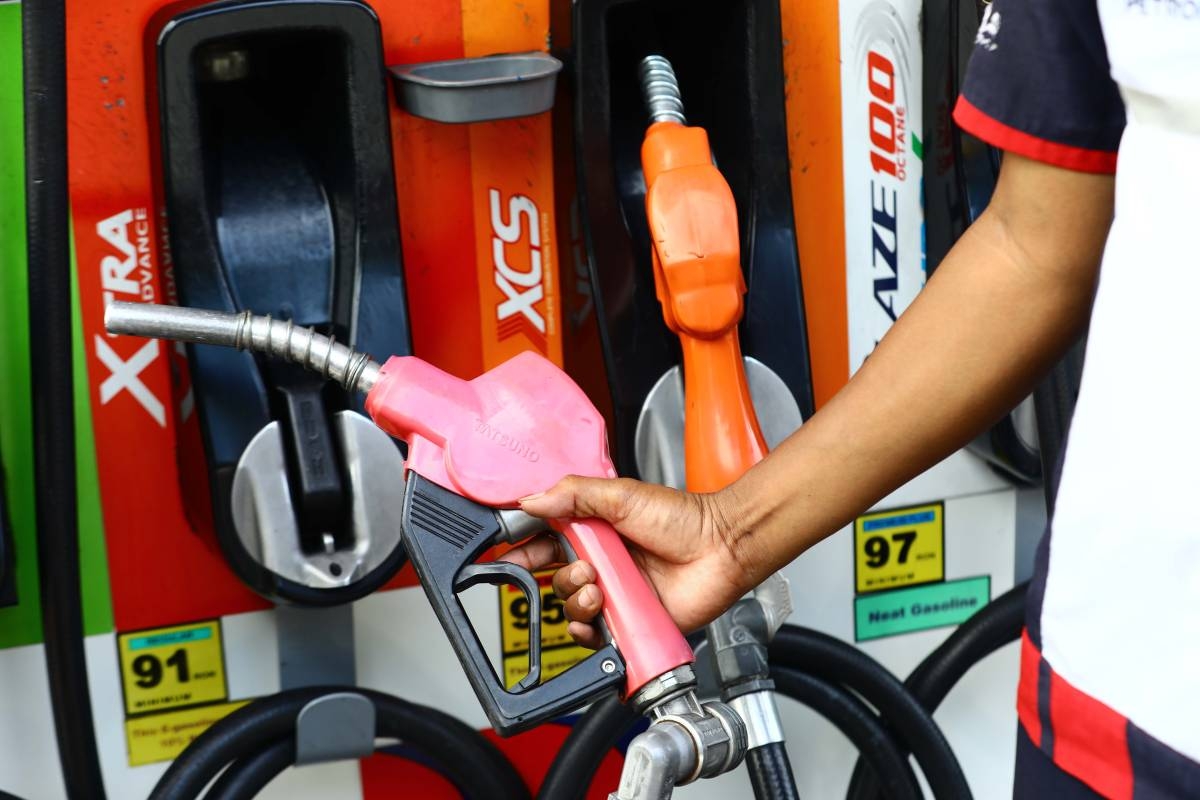In the Philippines, motorists are bracing themselves for yet another increase in fuel prices this week. Shell and Seaoil have announced that the prices of gasoline will go up by P2.80 per liter, while diesel will see an increase of P1.30 per liter on Tuesday, January 30, 2024. Additionally, the cost of kerosene will also rise by P0.45 per liter. This marks the fourth consecutive week of fuel price increases in the country.
Last week, oil companies implemented a hike in gasoline prices by P1.30 per liter and diesel prices by P0.95 per liter. However, there were no changes in the price of kerosene. These frequent adjustments in fuel prices have become a cause for concern among motorists and the general public.
The increase in fuel prices can be attributed to various factors, including fluctuations in global oil prices, changes in the value of the Philippine peso, and the implementation of local taxes and regulations. It is important for motorists to understand the reasons behind these price hikes in order to make informed decisions about their transportation expenses.
One of the key factors influencing fuel prices is the global oil market. The Philippines, like many other countries, relies heavily on imported oil. Therefore, any changes in international oil prices can have a significant impact on the cost of fuel in the country. Factors such as geopolitical tensions, natural disasters, and shifts in supply and demand can all contribute to fluctuations in global oil prices.
Another factor affecting fuel prices is the exchange rate. The value of the Philippine peso in relation to other currencies, particularly the US dollar, can influence the cost of imported oil. If the peso weakens against the dollar, the cost of importing oil increases, leading to higher fuel prices. On the other hand, a stronger peso can help stabilize or even lower fuel prices.
Local taxes and regulations also play a role in determining fuel prices. The government imposes various taxes on petroleum products, including excise taxes and value-added tax (VAT). These taxes are used to fund infrastructure projects and other government initiatives. Additionally, the implementation of environmental regulations, such as the imposition of carbon taxes, can also impact fuel prices.
For motorists, the continuous increase in fuel prices means higher transportation costs. This can have a significant impact on household budgets, especially for those who rely heavily on private vehicles for daily commuting or business purposes. It is important for individuals and businesses to find ways to mitigate the effects of rising fuel prices.
One option is to explore alternative modes of transportation, such as carpooling or using public transportation. Carpooling allows individuals to share the cost of fuel, reducing the financial burden on each participant. Public transportation, on the other hand, can be a more cost-effective option for daily commuting, especially in urban areas with well-developed transportation systems.
Another approach is to adopt fuel-efficient driving habits. Simple changes, such as maintaining proper tire pressure, avoiding excessive idling, and driving at moderate speeds, can help improve fuel efficiency and reduce consumption. Regular vehicle maintenance, including oil changes and air filter replacements, can also contribute to better fuel economy.
In conclusion, the continuous increase in fuel prices in the Philippines is a cause for concern among motorists. Understanding the factors that influence these price hikes, such as global oil prices, exchange rates, and local taxes, can help individuals make informed decisions about their transportation expenses. Exploring alternative modes of transportation and adopting fuel-efficient driving habits can also help mitigate the impact of rising fuel prices.







